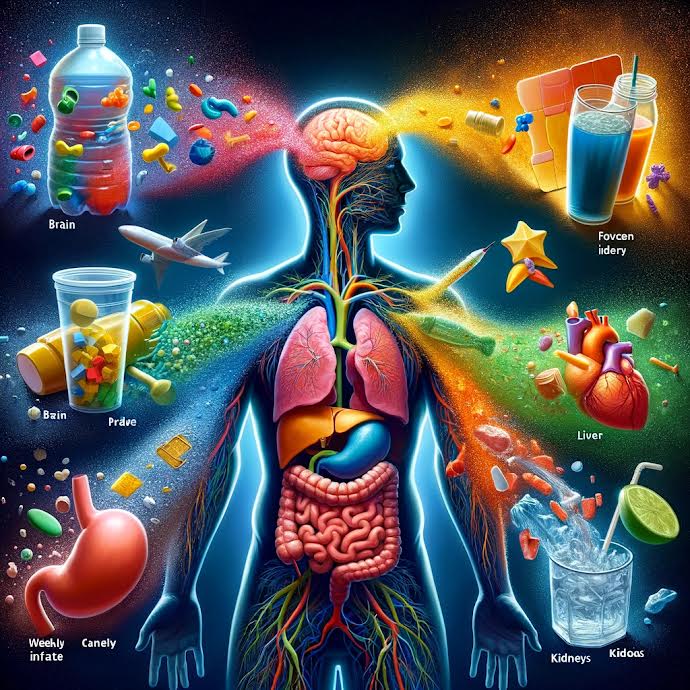Every day, unseen particles from the very containers and bottles we trust for our food and water are migrating into human bodies. The culprits—microplastics—are not just settling in our stomachs but are making their way into organs such as the brain, liver, and kidneys, posing potential health risks that are only now beginning to be understood. At the forefront of this alarming issue is new research from the University of New Mexico, which reveals the extensive reach of these particles beyond the gut and into critical body tissues, raising significant concerns particularly for the most vulnerable: Our children.
At the University of New Mexico, a team led by Dr. Eliseo Castillo, an associate professor in the Division of Gastroenterology & Hepatology, has been examining how these tiny invaders—often as small as a fraction of a millimeter—navigate through the body. Published in the journal Environmental Health Perspectives, their findings illustrate a troubling pathway from ingestion to the infiltration of organs vital for metabolic functions and cognitive health.
The researchers have traced microplastics from the digestive system into the liver, kidneys, and even the brain, demonstrating their ability to breach the gut barrier—a critical defense mechanism of the body. The study employed an animal model where mice were exposed to quantities of microplastics equivalent to what a human would typically ingest weekly through food and water.
The scale of microplastic consumption is startling. Scientists estimate that the average person ingests about 5 grams of microplastics each week—the equivalent weight of a credit card. Over a year, this adds up to over 250 grams, an unseen ingestion of synthetic materials that have no place in the human body.
The research does more than track the presence of these particles; it assesses their impact. “We could detect microplastics in certain tissues after the exposure,” Castillo reported. This infiltration disrupts metabolic pathways—processes crucial for breaking down nutrients, detoxifying the body, and producing energy. In children, whose bodies and brains are still developing, the long-term effects could be particularly severe.
While the immediate consequences of microplastic accumulation in organs might not be overtly noticeable, Castillo and his team have identified changes in the biochemical processes within these organs that suggest potential health risks. For instance, the liver, a key organ for detoxification and metabolism, shows altered functions when invaded by microplastics, which could disrupt its ability to manage toxins and drugs.
Furthermore, the study highlights an inflammatory response triggered by microplastics in the body’s immune cells, specifically macrophages, which play a significant role in fighting infections. This inflammation can exacerbate conditions like ulcerative colitis and Crohn’s disease, and in children, could potentially affect their developmental health.
The next phase of Castillo’s research will delve deeper into dietary factors that might influence microplastic absorption. The team plans to explore how high-cholesterol or high-fiber diets impact the uptake of microplastics, aiming to provide more specific dietary recommendations for reducing exposure, especially in children.
Moreover, Castillo’s group is investigating the broader implications of microplastic exposure on gut health. The gut microbiome, a complex community of microbes essential for immune function, digestion, and even mental health, appears to be altered by microplastics. Understanding these changes is crucial, as Castillo notes, “If you don’t have a healthy gut, it affects the brain, it affects the liver and so many other tissues.”
This research paints a concerning picture of the pervasiveness and potential impact of microplastics on human health, especially in children, who may suffer lifelong consequences from exposure.
“At the end of the day, we’re trying to find out how this is impacting gut health,” says Dr. Castillo. “Research continues to show the importance of gut health.”
 RSS Feed
RSS Feed













 April 18th, 2024
April 18th, 2024  Awake Goy
Awake Goy 

 Posted in
Posted in  Tags:
Tags: 
















